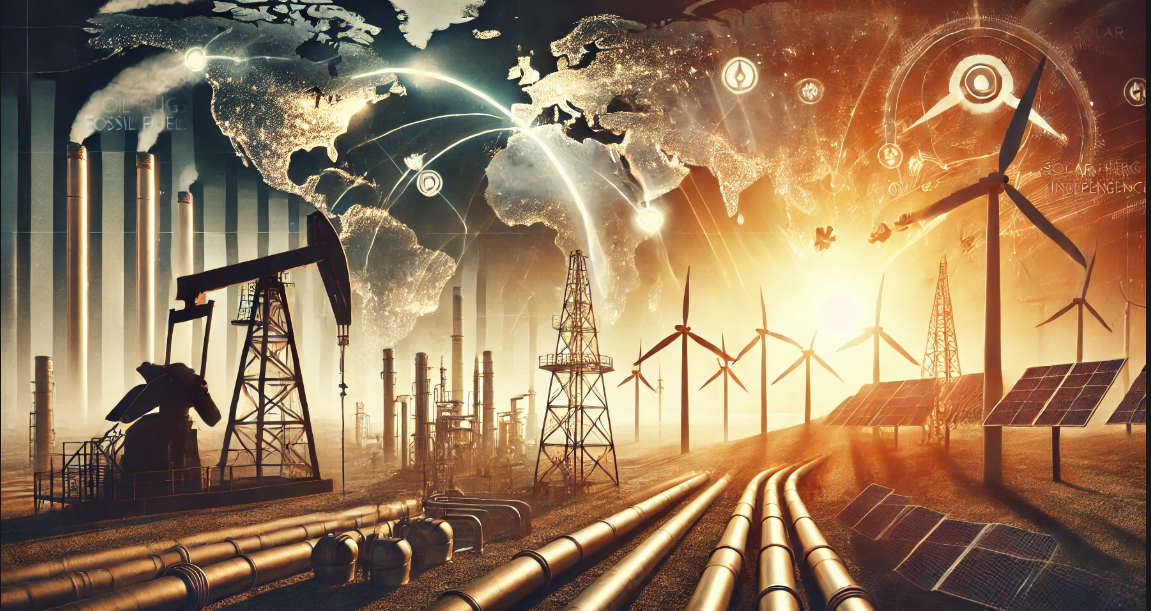Protectionism or Free Trade?
To the crisis of the multilateralism promoted by the WTO, countries react in different ways
Published by Giulio Grisanti. .
Macroeconomic analysis Uncertainty Global economic trends
As analyzed in the previous article "Trade imbalances and multilateralism", the increasing globalization of recent decades has often been identified as causing the growth of trade imbalances and income inequalities. The WTO, an organization that presides over multilateralism based on the reduction of tariff barriers, has repeatedly failed to impose on member countries those actions capable of limiting imbalances, receiving criticism from countries whose trade balance has worsened the most.
Some of the states have therefore decided to abandon the model of multilateralism promoted by the WTO, in favour of protectionist actions (as in the case of the United States) or "deepened" free trade agreements, capable of considering multiple factors in addition to tariff reductions.
The analysis of the changes taking place is particularly important for exporting companies. Indeed, markets that are geared towards greater protectionism will be increasingly difficult to access, while markets developing free trade agreements will be of easier access.
Number of protectionist actions implemented (2009-2019)
Source: ExportPlanning elaborations on Global Trade Alert data
These measures are, for example, import restrictions using tariff (duties) and non-tariff measures (need for specific licences, quantity limitations); measures to favour local exports (subsidies to exporting companies).
It is possible to identify several reasons why countries apply protectionist actions:
- raw materials as the main exported good;
- lack of raw materials, in developing countries;
- strongly negative trade balance.
An example of the first case is Russia, a country mainly exporting oil and gas thanks to its deposits. To maintain a positive trade balance, Russia has therefore focused on import blocks. Opposite to the case of Russia is that of India, a developing country with a strong industrialization (especially for services) which depend on imports of raw materials.
Finally, with over 20000 protectionist actions, the United States are the emblematic example of protectionist action as a response to a strongly negative trade balance. Not being able to modify the exchange rate, the strategy adopted by the US is the imposition of customs barriers on imports, especially towards China. China has been accused of not having fulfilled its obligations since it joined the WTO, which in turn did not act quickly for the correct application of its own rules.
The ultimate goal of the current US administration is to exploit its trade weight, forcing the partner affected by duties to sign a trade agreement in a bilateral way.
.
The graph below shows the main countries affected by protectionist actions between 2009 and 2019.
Number of protectionist affecting the country (2009-2019)
Source: ExportPlanning elaborations on Global Trade Alert data
China and the United States are the main countries affected by protectionist actions, mainly because of the trade war started two years ago between Washington and Beijing.
Free Trade Agreements
In contrast to protectionist actions, some countries are implementing a "gradual" multilateralism through the stipulation of free trade agreements. To the crisis of multilateralism, the European Union has responded by adopting this solution, entering into free trade agreements (FTAs) with trading partners such as Japan, Singapore, Canada and Mercosur.
These "deep" free trade agreements, not only abolish tariff and many non-tariff barriers, but incorporate agreements in areas such as environmental issues, civil rights, workers' rights and respect for intellectual property.
By concluding agreements incorporating such themes, the parties maintain the benefits of free trade, limiting its negative effects. In doing so, they also bypass the resolution of disputes through the WTO, leaving the parties to resolve any conflicts.
Conclusions
The crisis of the multilateralism model has caused two opposite effects: to the protectionism of which the USA has become spokesmen - especially with the Trump Administration -, the European States have promoted a liberalization of trade, also thanks to the harmonization of the production conditions. Often, in fact, part of the "advantage" of a low labour cost country lies in lower environmental and workers' protection, factors that affect production costs and disadvantage the competitiveness of goods produced in developed countries.
The Trump administration has also succeeded in blocking the appointment of members of the WTO Court of Appeal, thus depriving the body of the minimum number of judges dealing with international disputes. In doing so, the opposition that the Organization can exercise, for example, over the imposition of duties by a Member State has been blocked.
The reform of the WTO is an issue shared by the majority of member states. However, if the approach to globalization loses the character of multilateralism in favour of bilateralism, countries will continue to divide between protectionism and free trade agreements, aggravating international tensions and the climate of global uncertainty.


